A dozen years ago, I used to follow a blogger who proclaimed the "March of…

Needle Know-how
Last month I presented some needle know-how to the Ann Arbor Modern Quilt Guild and I thought I’d type it out and share it with you here!
When it comes to putting together a quilt, the role of the sewing machine’s needle shouldn’t be overlooked. After all, it is the needle that carries your thread through your project—if you’ve got a bad needle or the wrong needle for the job, you can end up with:
–Unnecessarily large holes in your fabric
–Inaccurate seams
–Broken thread
–Broken needle
First things first: what should a needle do?
The goal: A sewing machine needle should slide effortlessly through your project without damaging the fabric, the thread, or making too large of a hole.
To achieve our goal: You need to find the right TYPE and SIZE of needle. To explore the types and sizes of needles, we need to learn a little bit about needle anatomy.
THE ANATOMY OF A SEWING MACHINE NEEDLE
The eye of the needle holds the thread. Your thread should slide easily through the eye.
The groove that runs the length of the shaft holds the thread as the needle descends to the bobbin. The diameter of your thread should take up no more than 40% of the groove—it needs to snuggle in for safe passage down to the bobbin.
This short animation shows a sewing machine making stitches. Notice how the thread needs to move through the eye and along the groove as the needle descends. If the thread is too big for the needle, that’s not going to work very well and your thread will fray and break.
The point and tip of the needles vary in size and shape—these determine the TYPE of needle.
TYPES OF NEEDLES
Jersey Needles have a ballpoint tip designed especially for knit fabrics (like t-shirt and sweatshirt material). The ballpoint tip lets the needle FIND a hole in the fabric, rather than making a hole. A jersey needle should slip between knit fibers without causing any damage to the fabric.
Universal Needles have a slightly rounded tip. The needle is tapered so that it slips through the fabric weave. However, a universal needle still has a fair amount of sharpness to it, so it can MAKE a hole, rather than FIND a hole if needs be.
Microtex Needles (also called Sharp Needles) have a thin, accurate point that pierces through fabrics. These needles are similar to the Universals, but sharper, meaning they are more likely to MAKE a hole rather than FIND a hole.
There are even more needle types: embroidery, denim, and topstitch to name a few. When you take up a new sewing craft, be sure to learn about the appropriate needles for it—it can save you a lot of heartache. I’m sticking to the one’s most commonly used by quilters here.
You choose your needle type based on your fabric type.
The type of needle should be marked clearly on the needle packaging.
SIZES OF NEEDLES
Sewing needles come in a variety of sizes.
For machine needles, the smaller the number, the finer the needle. (This is the opposite of hand needles, by the way.)
The blade’s diameter just above the eye determines the needle size. For example, a size 90 needle has a blade that is .90mm in diameter.
There are both American and European sizing systems and you may find both numbers or only one on any given pack of needles!
Sewing Needle Sizes Chart
| American | /European |
| 8 | /60 |
| 9 | /65 |
| 10 | /70 |
| 11 | /75 |
| 12 | /80 |
| 14 | /90 |
| 16 | /100 |
| 18 | /110 |
| 19 | /120 |
You should chose needle size based on the fabric weight you are using (bigger needles for sturdier fabrics) & also based on your thread’s size. As mentioned above, the thread should glide smoothly through the eye and take up about 40% of the needle’s groove.
I’ve got some popular piecing and quilting combinations listed for you below , but one blogger (Emily Lang) told me that she learned from a friend (Ebony Love) the following rule of thumb:
50wt thread with 75/11 needle
40wt thread with 80/12 needle
30wt thread with 90/14 needle
A note about thread weight: In general, 50-weight thread is thinner than 40-weight thread and so on, but there is no uniformity of size between thread manufacturers, so some trial and error may be necessary if you find yourself trying out some new threads!
Popular Thread & Needle Combinations for Piecing:
Universal 80/12 and Aurifil 50-weight. – Rossie Hutchinson, Jen Carlton-Bailly
Microtex 80/12 and Aurifil 50-weight for piecing. – Kristin Link, Shea Henderson, Tara Ledet-Rebman
Microtex 70/10 + 50-weight Aurifil- Jemellia Hilfiger, Debbie Grifka
Topstitch needle & Superior Threads or Aurifil. – Leslie Jenison
Denim 90/14 & 40-weight Aurifil. – Julie McMahon
Universal 90/14 & 50-weight Robinson-Anton. – Krista Fleckenstein
If doing things with a lot of seams or back-tracking, I use bottom line for piecing to reduce bulk. I use Aurifil or Masterpiece by Superior for piecing; Wonderfil also has a very nice 50 wt for piecing. – Amanda Leins
You’ll notice that the overall trend in piecing combinations is for a smaller needle 70/10 or 80/12 and a 50-weight thread. This is because most quilters are using quilter’s cotton and therefore don’t need a bigger needle; 50-weight thread is very fine and doesn’t add bulk to your seams, allowing them to lay flat.
Popular Thread & Needle Combinations for Quilting:
Microtex 80/12 and Aurifil 50-weight. – Debbie Grifka
Universal 80/12 and Aurifil 50-weight. –Rossie Hutchinson, Jen Carlton-Bailly
Embroidery 90/14 + 50 or 40-weight Aurifil. – Jemellia Hilfiger
Denim 90/14 & 40 wt Aurifil. – Julie McMahon
90/14 Topstitching & 50-weight Robinson-Anton. – Krista Fleckenstein
Topstitch needle, MonoPoly thread in bobbin, top thread is Superior or Aurifil Thread. – Leslie Jenison
Embroidery needles for quilting + whatever thread I want. – Amanda Leins
For FMQ with either 40 or 50 weight thread, I like to use a top stitch or denim needle in size 90/14. – Tina Smith Michalik
You’ll notice that the overall trend in quilting combinations is for a slightly larger needle 80/12 or 90/14 and either a 40-weight or a 50-weight thread. This is because at this stage your needle must go through your pieced top, your batting, and your backing–a little more sturdiness in the needle is useful. A 50-weight thread, when used for quilting, creates texture but doesn’t show the quilting lines too much; quilting with 40-weight thread allows the stitches and quilting to stand out a bit more. A lot of quilters chose thread weight based on the specific quilt/quilting design.
The above list was formed from responses to my query on Facebook. The women run the gamut from art quilters to minimalist modern quilters, there are bloggers, authors, and hobbyists in the mix; I have provided links to blogs and websites where available. As you can see, there are a wide variety of favorites. If you are new to quilting, I recommend trying out variety packs of needles. Also note that these sewists all enjoy premium-quality threads, but no one is specific about their needles’ brand. My guess is that all needles are performing reliably and/or aren’t subject to the branding we see with threads. In contrast, with thread, most big box stores focus on stocking cheaper, lower quality threads, so when quilters discover quilt-shop quality threads, they get pretty excited! Having thread you can count on is a true blessing. If you experiment with new threads, you may want to check if those threads come with specific needle recommendations. In the photo below, you’ll see that a beautiful Sulky thread I picked up for a project recommended a 90 or 100 Top Stitch Needle–knowing that was key to my success as the thread was breaking when I used a universal needle. Sometimes specific fabrics will also have needle recommendations–when companies announce new substrates, they often discuss needle choice.
Now, don’t leave me yet, I’ve got two more pieces of information that you need to know:
ONE: Changing your machine’s needle should be step 1 in fixing a machine that is having trouble.
When my machine starts acting funny, I stop, change the needle, and rethread the whole machine.
Popping noises?
Missed stitches?
Stitches that aren’t straight?
Try reinserting the needle.
Try a new needle.
Try a different type or size of needle.
You may have put your needle into the machine incorrectly.
You may be using an old needle and need to put in a fresh one.
You may be using a fresh but flawed needle.
You may need a different size of needle.
You may need a different type of needle.
TWO: Keep your needle fresh!
Needle manufacturers recommend changing your needle after every four hours of sewing time.
Think about it: when you sew, the needle is passing through the fabric hundreds or even thousands of times a minute. The process inside your machine is not only complex, it’s also very precise. A straight, sharp needle is necessary. As your needle dulls, problems with your stitching (which can lead to damaging your fabric, yourself, or your machine) become more and more likely.
The cost of a needle? Less than $1 a piece. If you plan ahead and stock up during promotions, you can drive that cost way down.
Since unpicking quilting stitches is especially painful and time-consuming, I’ve taken to replacing my needle every 2-hours when free-motion quilting. A $0.60 needle might save me an hour of un-picking!
Is there anything else you think quilters should know about needles?
This Post Has 3 Comments
Comments are closed.
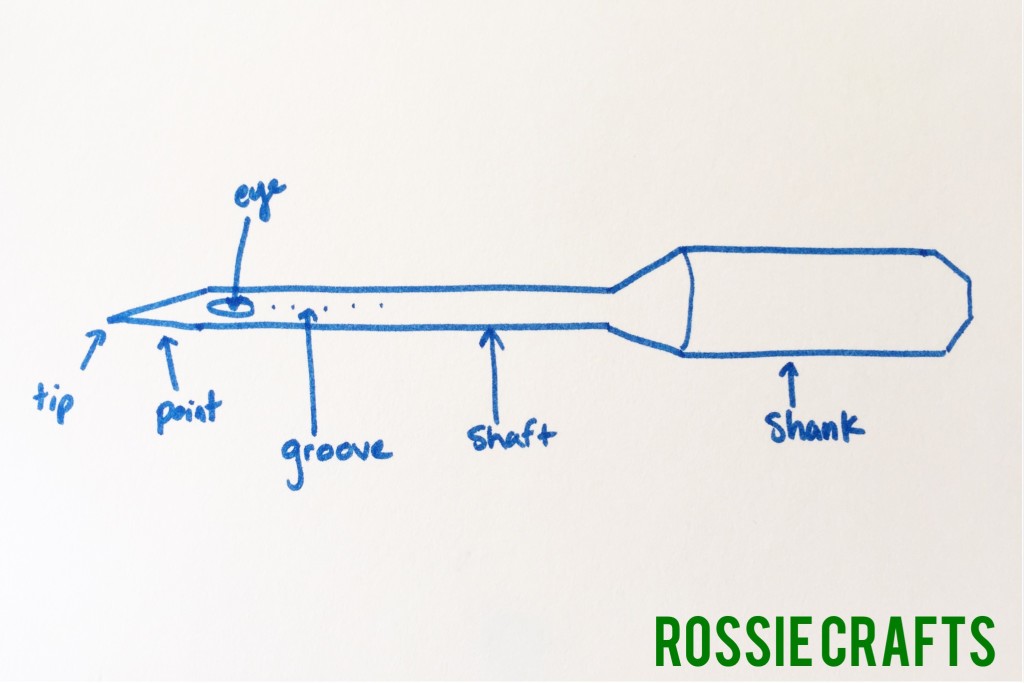
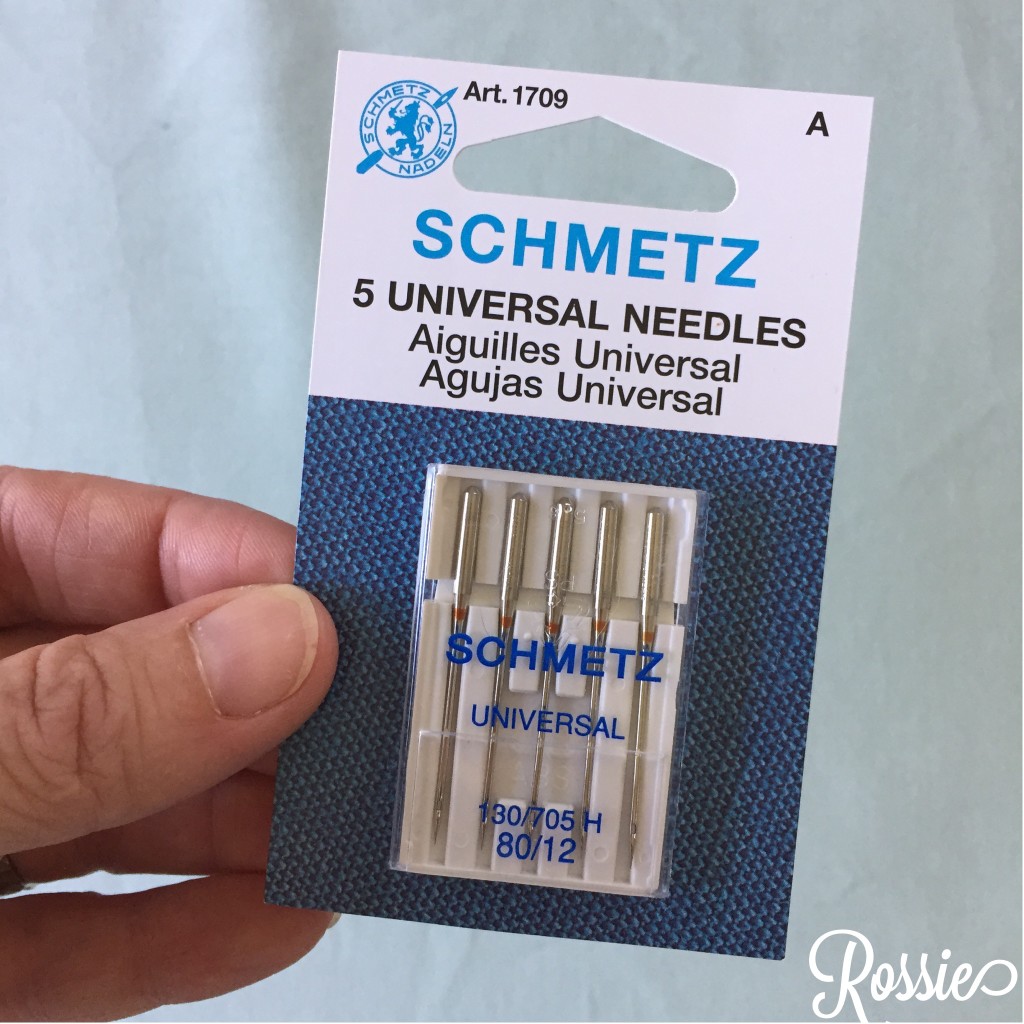
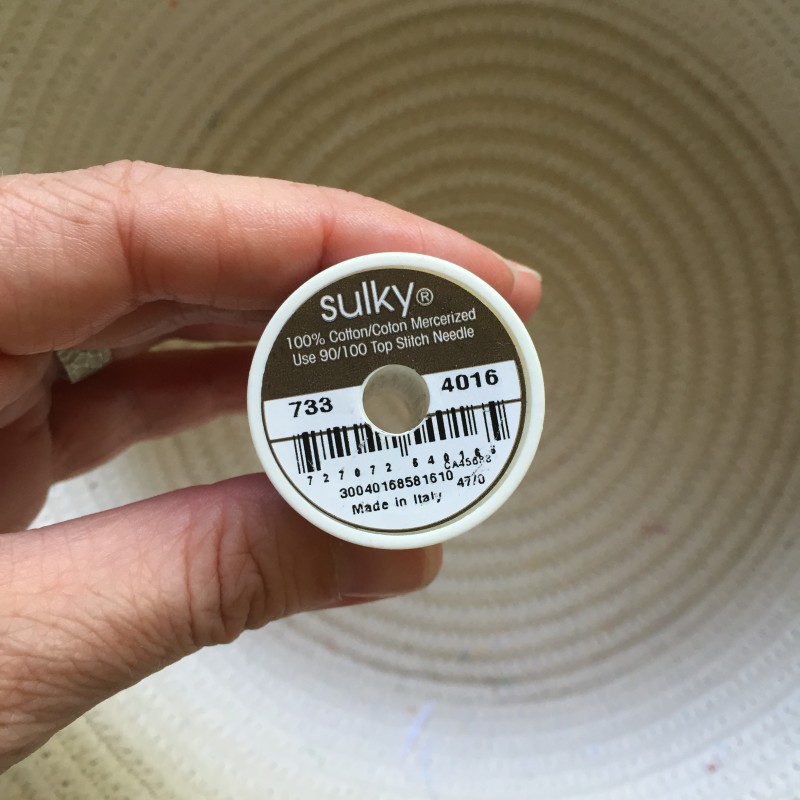
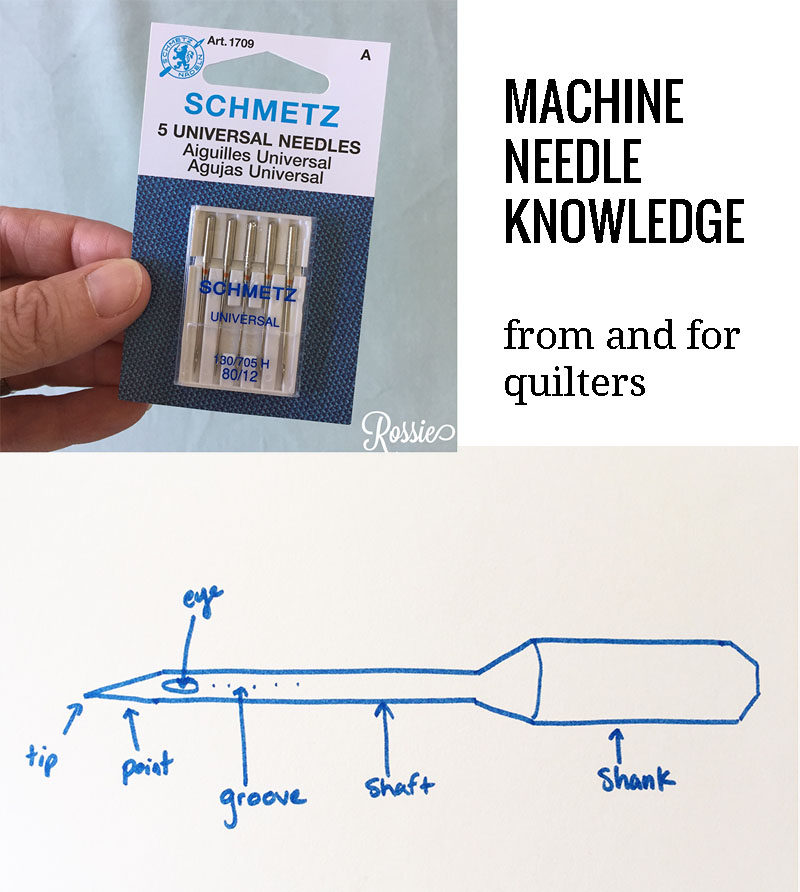
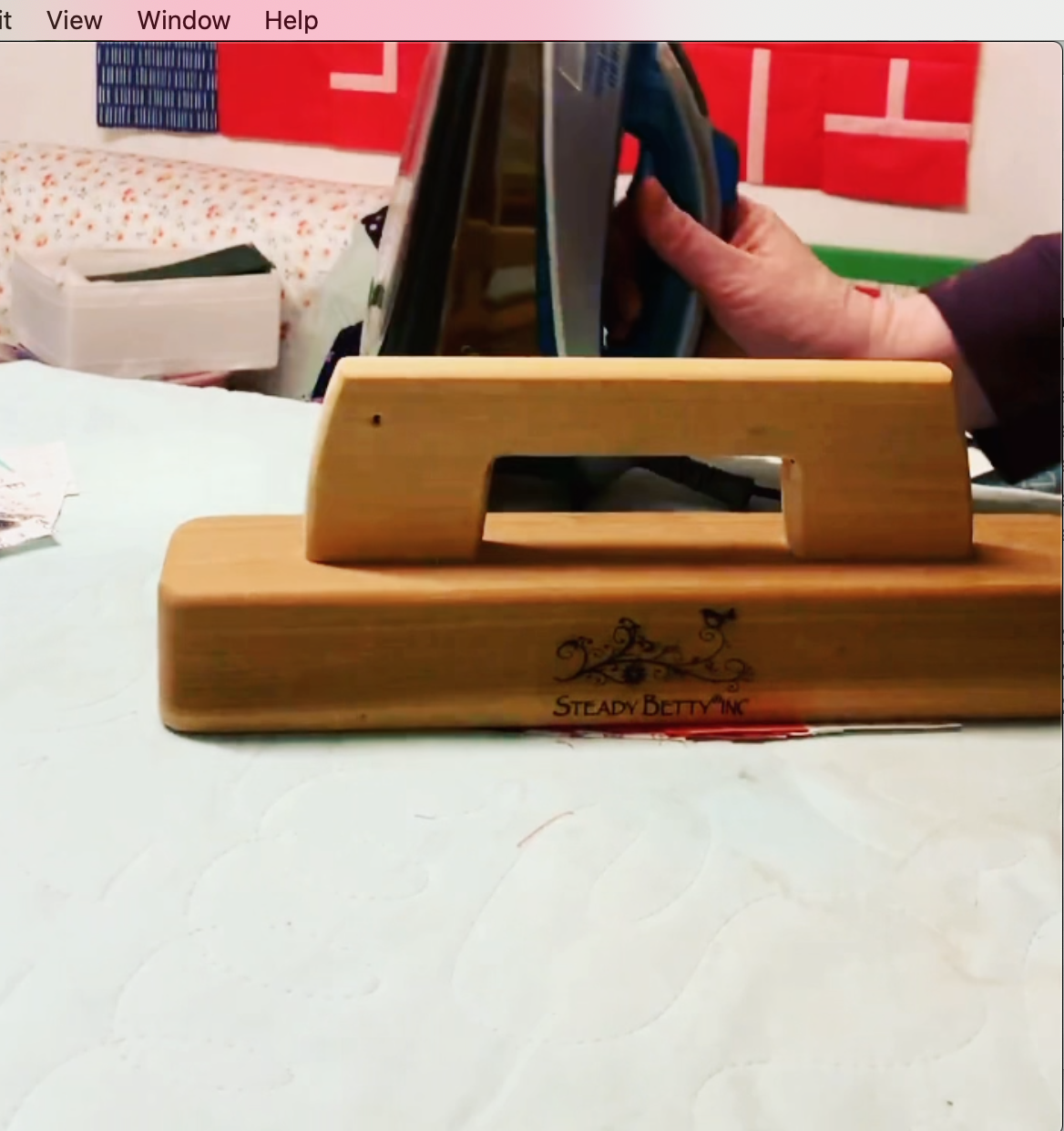
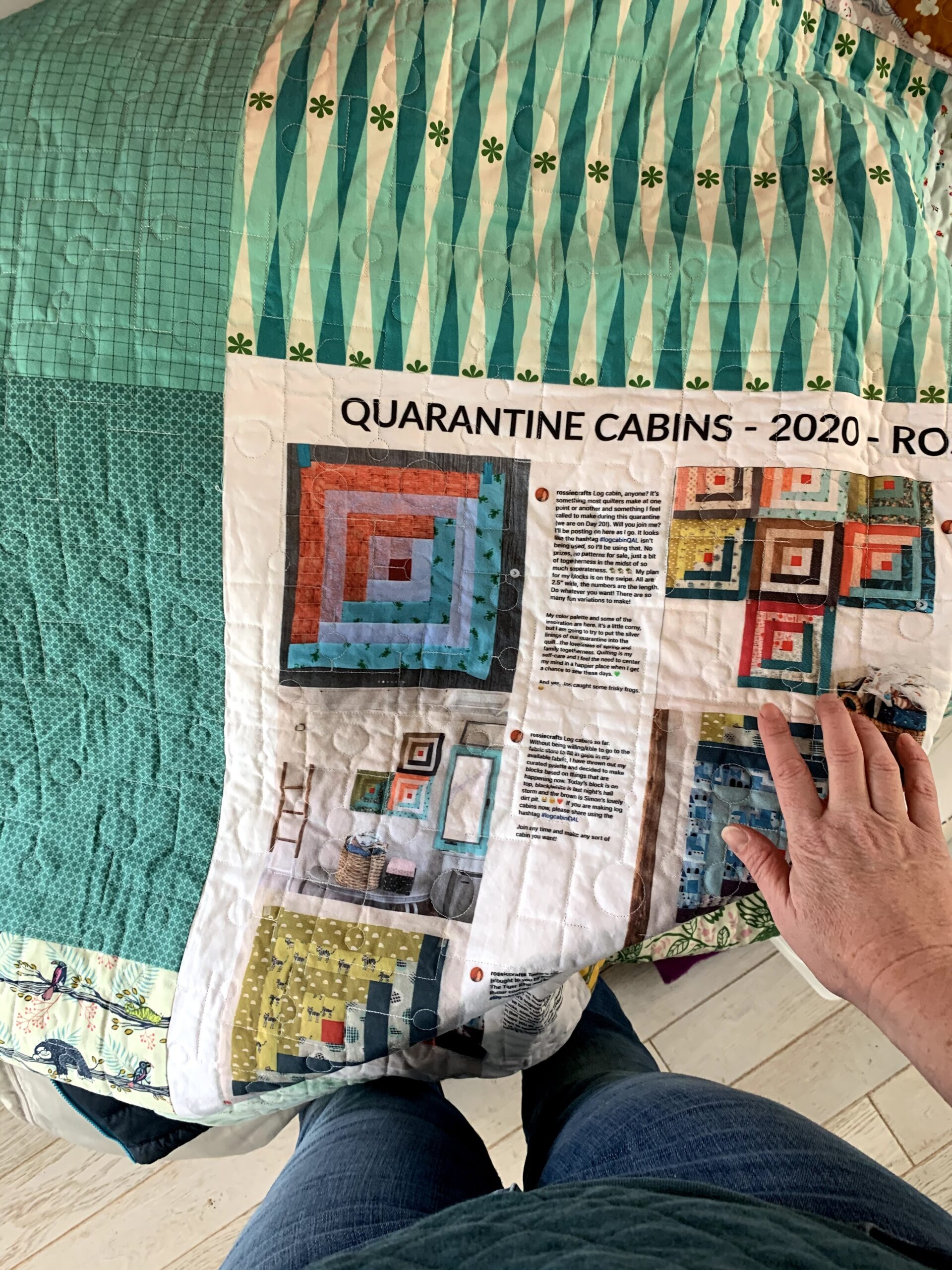
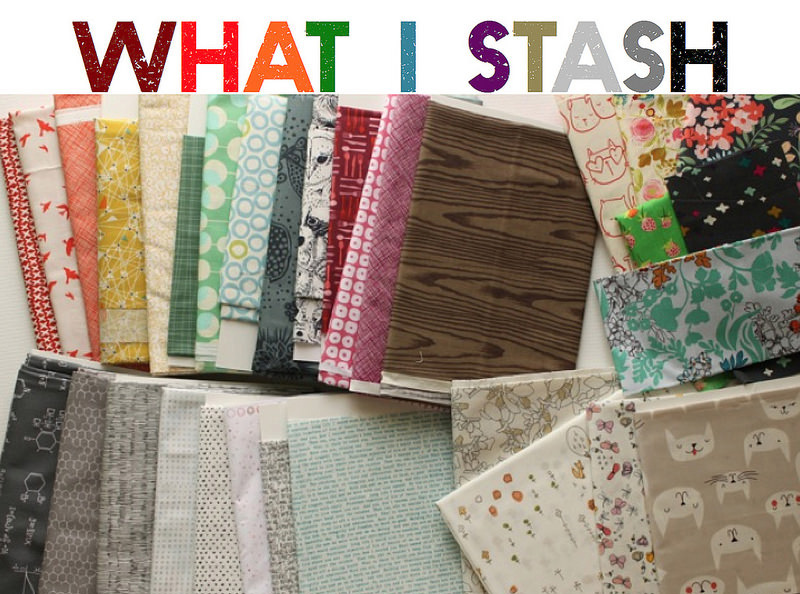
Very useful post, thank you! I never really had a good picture of how the needle and bobbin thread actually wind up connecting so that was a cool video to watch. If you added anything else please include info about if and how needle and thread combos change if you are doing free motion quilting. Thank you again!
I love that video! It makes it so real.
Oh, good point about explaining why quilters make different choices for piecing and quilting. I’ll add that!
I used to piece with Universals until one day I forget to swap out my Quilting needle. I use that now for all piecing, I just find the extra sharpness gives me a straighter line and less of a tendency to chew up the fabric at the start and finish of a line. I wish I could get better thread, but living in rural Australia, you have to take what’s available, and it’s Gütermann or nothing. I could buy online, but sometimes you really need to match thread and fabric and you can’t do that too well over the internet…